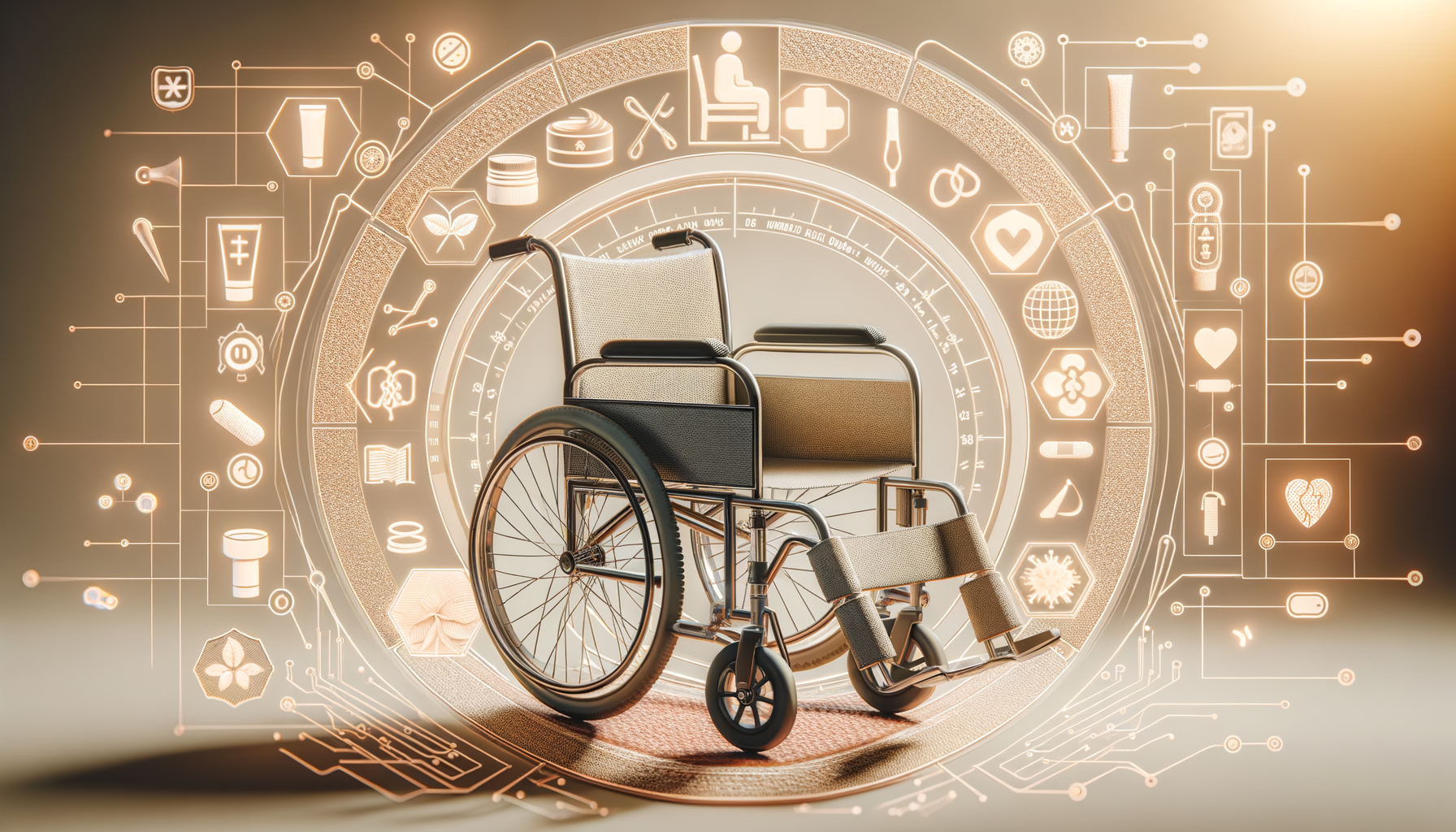Ways to Prevent Pressure Ulcers in Elderly Wheelchair Users
Could prolonged sitting present a significant challenge for mobility-limited individuals? Understanding the factors that contribute to tissue breakdown is crucial in exploring protective measures. Exploring preventative approaches can offer valuable insights into promoting comfort and skin integrity.

Recognizing High-Risk Individuals
Understanding who is at risk for pressure ulcers is the first step in prevention. High-risk individuals often include those with limited mobility, such as elderly wheelchair users, who may spend extended periods in one position. These individuals may have underlying health conditions like diabetes or vascular diseases that impair circulation, further increasing their risk. Identifying these factors allows caregivers and healthcare providers to tailor interventions effectively.
Recognizing risk involves a comprehensive assessment of the individual’s health status, mobility, and skin condition. Regular skin inspections are crucial in detecting early signs of pressure ulcers, such as redness or changes in skin texture. Moreover, using risk assessment tools like the Braden Scale can aid in quantifying an individual’s vulnerability to pressure ulcers, thus facilitating timely preventive measures.
Proactive measures are essential once high-risk individuals are identified. This includes educating caregivers and patients about the importance of repositioning and skin care. Family members and healthcare providers should be trained to recognize early signs of skin breakdown and implement immediate interventions. By understanding and addressing these risk factors, the likelihood of pressure ulcers can be significantly reduced.
Proactive Skin Care and Positioning
Proactive skin care and appropriate positioning are cornerstones in preventing pressure ulcers. For individuals who are wheelchair-bound, maintaining skin integrity through regular cleaning and moisturizing is vital. Skin should be kept dry and free from irritants, as moisture can exacerbate skin breakdown. Using gentle, pH-balanced cleansers and emollients can help maintain the skin’s natural barrier.
Positioning plays a critical role in pressure ulcer prevention. Regular repositioning alleviates pressure on vulnerable areas such as the sacrum, heels, and elbows. It’s recommended that individuals shift their weight every 15 minutes if possible, or caregivers assist with repositioning every two hours. This routine helps distribute pressure more evenly across the body, reducing the risk of tissue breakdown.
In addition to repositioning, employing supportive devices like wedges or pillows can help maintain proper alignment and relieve pressure. Encouraging individuals to engage in light exercises, if possible, can also promote circulation and enhance skin health. By integrating these strategies into daily care routines, individuals can significantly reduce their risk of developing pressure ulcers.
Specialized Cushioning and Support Devices
Specialized cushioning and support devices are invaluable tools in the prevention of pressure ulcers. These devices are designed to redistribute pressure and provide support to high-risk areas. For wheelchair users, cushions made from materials like gel, foam, or air can offer enhanced comfort and protection. These cushions are engineered to conform to the body’s contours, reducing pressure points and improving circulation.
Support devices extend beyond cushions. Mattresses with alternating pressure systems or memory foam can be beneficial for individuals who are bedridden. These systems work by periodically redistributing pressure, which helps prevent sustained pressure on any one area of the body. Selecting the appropriate device depends on the individual’s specific needs and the level of risk they present.
It’s crucial to regularly assess and adjust these devices to ensure they continue to meet the individual’s needs. Over time, cushions and mattresses can wear out or lose their effectiveness, necessitating replacement. By staying proactive in the maintenance and selection of these devices, caregivers can provide an additional layer of protection against pressure ulcers, enhancing the quality of life for those at risk.